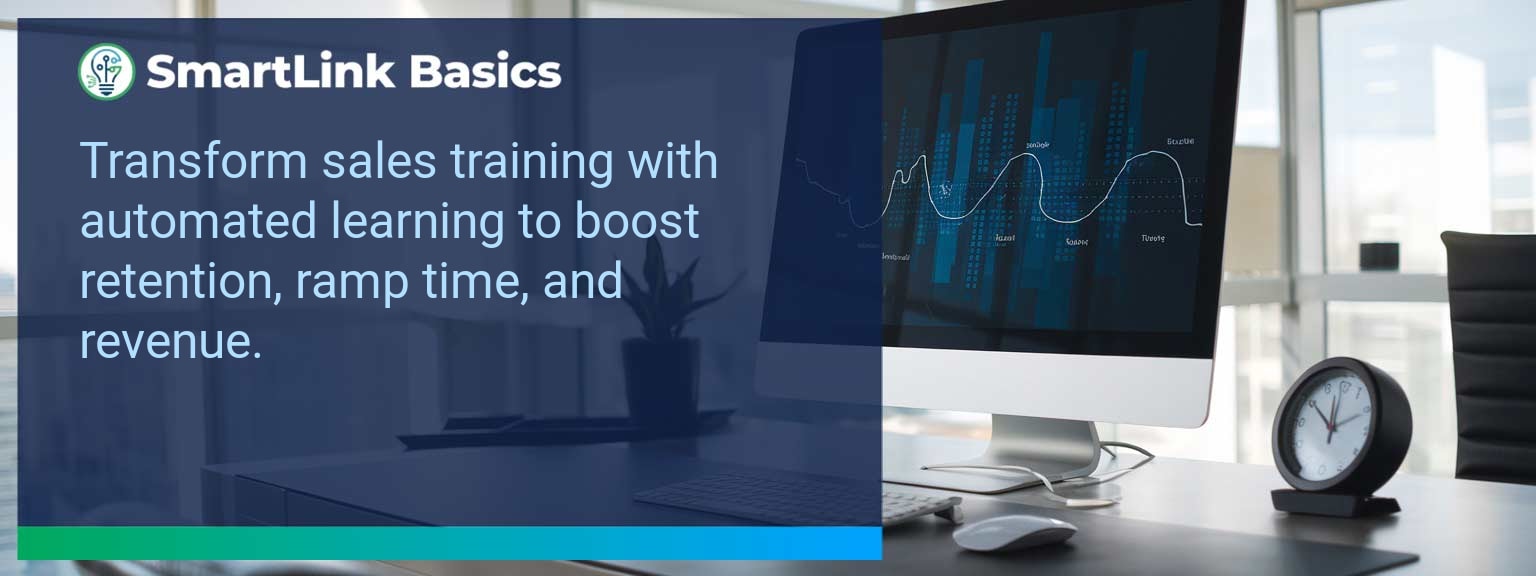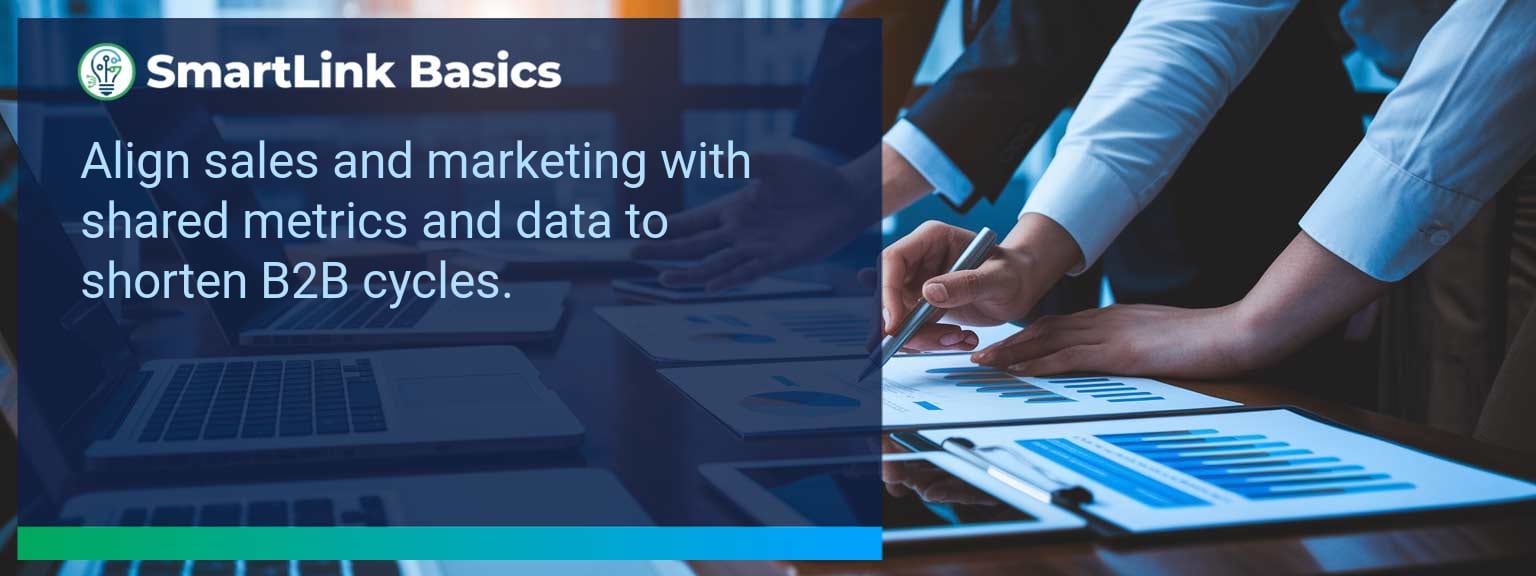Research from Gartner shows that sales teams using fully integrated technology stacks see a 19% higher win rate compared to those with disjointed tools. SmartLink Basics works with sales leaders who recognize that fragmented systems cost more than time—they cost deals. Building an integrated sales tech stack aligns sales technology tools, sales enablement software, and automation in sales into a single operating system. In this article, we break down why integration matters now, how to close system gaps, and the direct revenue and productivity gains available. You will also see practical steps to design your own optimized stack for sales process optimization and measurable performance results.
- Align CRM, automation, and enablement tools into a single framework
- Eliminate duplicated effort and data silos across sales operations
- Improve forecasting accuracy and pipeline integrity
- Enable quicker onboarding with standardized processes
- Drive measurable gains in quota attainment and conversion rates
Common Gaps In Disconnected Sales Systems
Disconnected sales technology stacks slow decision cycles and confuse execution. Reps move between multiple systems to find data, update CRM integration records, and track customer interactions. This wastes selling time, erodes morale, and increases error rates. Many companies also suffer from reporting blind spots because data is not synchronized, reducing the quality of revenue analysis. For example, a B2B software company using five unlinked SaaS tools struggled to connect marketing-qualified leads to closed-won deals, creating avoidable forecasting misses. When tools fail to align with sales operations workflows, leaders cannot enforce consistent sales process optimization. To avoid these gaps, conduct a complete audit of your current sales technology tools map. Identify overlaps, missing functionalities, and integration opportunities. Create a blueprint where every tool feeds the same central data hub.Strategic Alignment Of Sales Technology
A modern integrated sales tech stack connects CRM integration, sales enablement software, and automation in sales to remove friction from the buyer’s journey. Strategic alignment starts with mapping the customer lifecycle against your internal process—from lead generation to post-sale success. An industrial services firm reorganized its tech stack by centralizing contact records, linking proposal software to CPQ systems, and integrating conversation analytics. This reduced manual data entry and improved follow-up accuracy, raising their opportunity-to-close ratio by 15%. Actionable step: Build your integration architecture around a single source of truth. All tools should plug in, not overlap functionality. Use APIs and middleware to ensure swift data flow between your sales performance tools.Tangible Gains In Revenue And Productivity
Revenue growth strategies depend on accurate data and efficient workflows. An integrated sales tech stack gives leaders real-time insight into pipeline health and rep performance. This visibility supports better coaching, resource allocation, and forecasting. For example, when a mid-market SaaS provider unified its enablement platforms with its CRM and marketing automation tools, onboarding time fell by 30%, and sales cycle length shortened by 12%. These gains translated directly into quarterly revenue growth. Implement a data governance policy so automation in sales does not compromise information quality. This maintains accuracy for both decision-making and customer trust.Advancements And Innovation In Sales Tech Stacks
Advances in AI, machine learning, and predictive analytics are redefining the potential of sales technology tools. Next-generation systems recommend plays and messaging based on deal context, trigger automated outreach sequences, and fine-tune lead scoring models dynamically. A global consultancy piloted an AI-guided integrated sales tech stack that scored opportunities in real time, helping reps focus on high-likelihood deals. This improved conversion rates by 20% in one quarter. To stay competitive, allocate budget toward adaptive technologies that integrate deeply into your current stack. Schedule annual reviews to assess whether each tool still supports your sales process optimization priorities. You can find more tactical guidance in the AI-driven sales enablement resources from SmartLink Basics.Metrics That Matter
| Category | Metric | Definition | Target |
|---|---|---|---|
| Leading | Platform Adoption Rate | % of reps actively using all core integrated tools weekly | 90%+ |
| Leading | Data Sync Accuracy | Proportion of records matching across all connected systems | 98%+ |
| Lagging | Revenue Per Rep | Total sales revenue divided by active sales headcount | $X baseline +15% YoY |
| Lagging | Closed-Won Ratio | Closed-won deals ÷ total opportunities | 30%+ |
| Quality | Process Compliance Score | % of deals following documented enablement playbook steps | 95%+ |
| Quality | Rep Satisfaction Index | Survey-based score on effectiveness of integrated sales tech stack | ≥ 4.2/5 |
Get the 90-day plan, coaching rubric, and dashboard template to operationalize AI in your enablement program.









